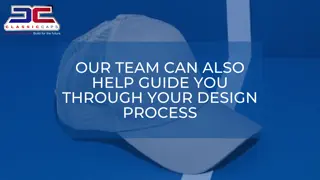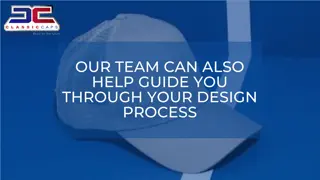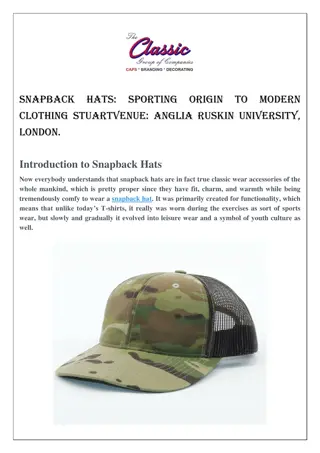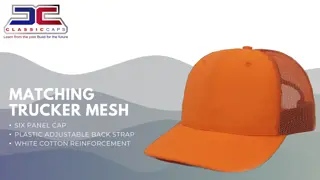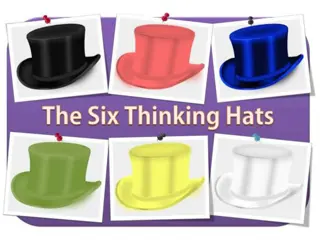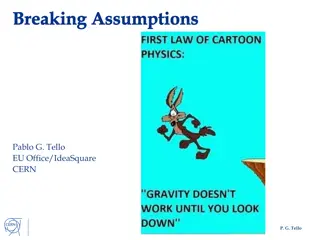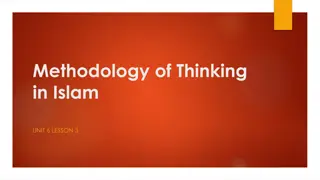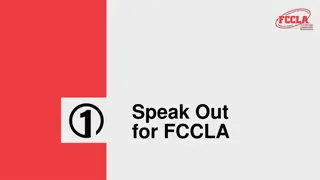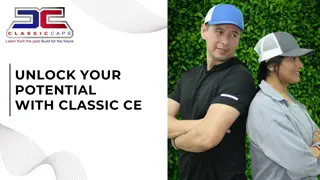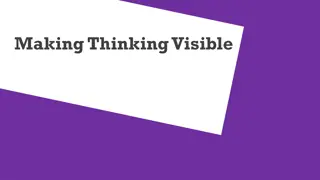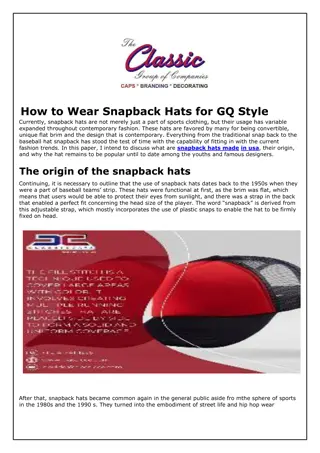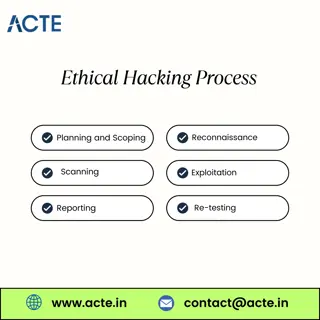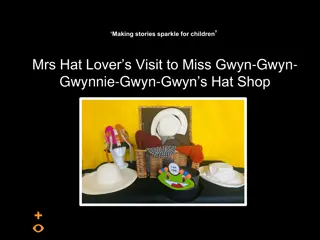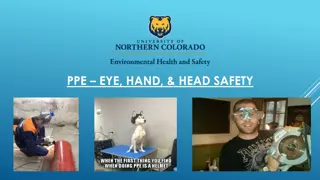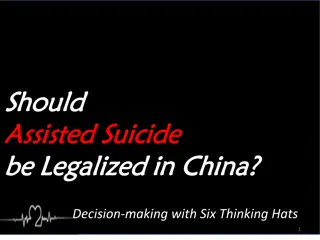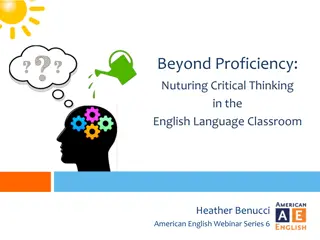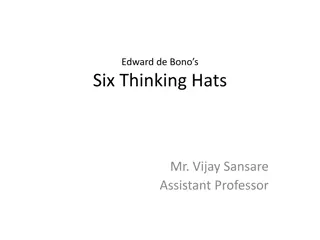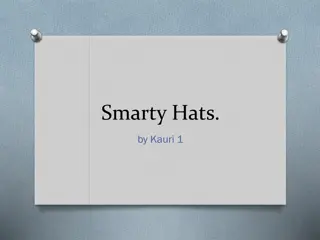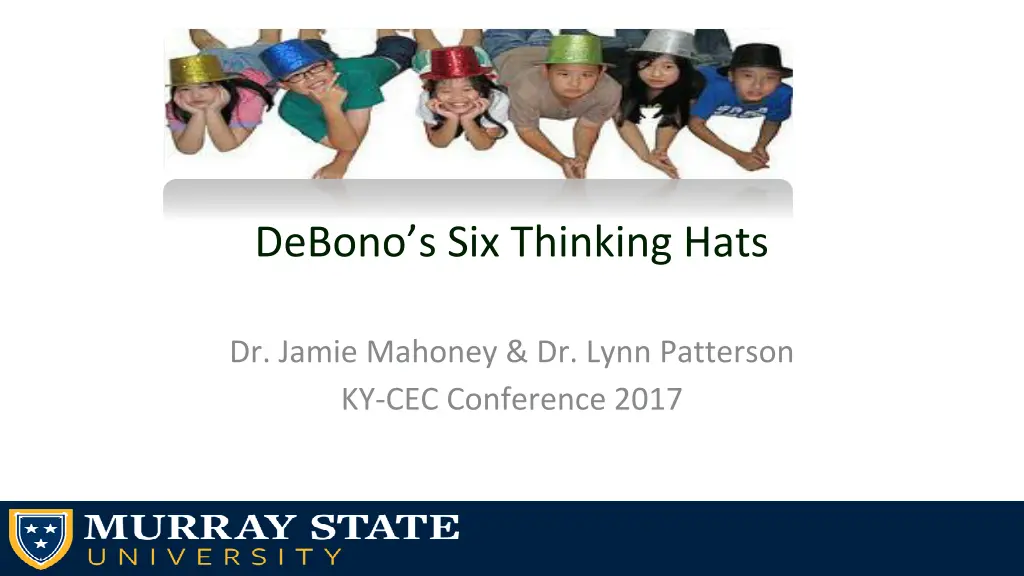
Using DeBono's Six Thinking Hats Strategy for Effective Problem-Solving
Explore how to implement DeBono's Six Thinking Hats Strategy across various content areas and grade levels. Enhance collaboration between general and special education while gaining practical problem-solving tools. Take a quiz to discover which thinking hat represents you best.
Download Presentation

Please find below an Image/Link to download the presentation.
The content on the website is provided AS IS for your information and personal use only. It may not be sold, licensed, or shared on other websites without obtaining consent from the author. If you encounter any issues during the download, it is possible that the publisher has removed the file from their server.
You are allowed to download the files provided on this website for personal or commercial use, subject to the condition that they are used lawfully. All files are the property of their respective owners.
The content on the website is provided AS IS for your information and personal use only. It may not be sold, licensed, or shared on other websites without obtaining consent from the author.
E N D
Presentation Transcript
DeBonos Six Thinking Hats Dr. Jamie Mahoney & Dr. Lynn Patterson KY-CEC Conference 2017
Objectives Participants and audiences will learn to use the deBono's Six Thinking Hats Strategy to implement across multiple content areas, across multiple grade levels, with multiple ability student levels. Participants will gain an understanding of DeBono's Six Thinking Hats Strategy. Participants will gain an understanding of collaboration and co-teaching between general education and special education. Participants will gain a practical tool for problem-solving for all content areas for all grade levels.
Which Thinking Hat Are YOU? http://www.proprofs.com/quiz-school/story.php?title=which-thinking-hat-are-you Use this link to take the Six Thinking Hats survey to find out which thinking hat you are.
*The conductor of the orchestra or the ringmaster of the circus. Defines the situation. Cool the color of the sky which is above everything else; concerned with control; organization of the thinking processes and the use of the other hats. *Thinking about thinking questions *Instructions for thinking Organization of thinking reports Asking the right Defining the problem Summaries, conclusions, and *Blue Hat
*Think of white paper; information, focus, neutral and objective; facts and figures. *What information do we have? What information do we need? What information is missing? What questions do we need to ask? *How are we going to get the information we need? *Is it a fact or a likelihood? Are there any facts? Is it a fact or a belief? *White Hat
*Nonrational aspects of thinking; Provides a formal and informal bridge for the emotional side of thinking. Emotions, hunches, intuitions are real and the Red Hat acknowledges this. Opposite of the White hat thinking. Suggests anger, rage, and emotions and gives the emotional point of view in the decision making process. *At what point do emotions come in? How valid are intuitions? How are our intuitions used? This is what I feel about this meeting? Can thinking change emotions? Emotions as bargaining positions. Emotions, values and choices. To show or to hide feelings. *Red Hat
*The energy hat. Grass, vegetation, abundant fertile growth, creativity and new ideas; options and alternatives; modify and improve suggested ideas and possibilities. *New perspectives; changes; new approaches *Using an idea as a stepping stone- where does this take me? *The forward effect of an idea- the logic of the absurd. *Random provocation. Is creativity a matter of skill, talent or personality? *Green Hat
*The Yellow Hat is your Positive View of things. Benefits of the situation. Look at the positive aspects of even when people are being critical. Optimistic and covers hopeful thinking- put the idea into practice. Opposite of the Black hat. Values sensitivity. *Analyze situation, describe logical negative consequences or events surrounding the problem *Think of Sunshine- Why do you think it will happen this way? The value of if . The best possible scenario. Positive viewpoints *Yellow Hat
*The Black Hat relates to Caution and survival. Somber and serious. Points out the weaknesses in an areas. Stops us from doing things illegal, dangerous, unprofitable, polluting, etc. *Critical Judgement is used with the black hat thinking; Sometimes overused. Opposite of yellow hats- analyze and describe the positive consequences or events of the problem Is it the only possible conclusion? What are the risks? Does it stay within the law? Keeping to the values and ethics? What is likely to happen in the future? Judge! *Black Hat
Class Total # of Students Green Yellow Red Blue Black White Class A 34 14 5 7 5 1 2 Class B 10 2 1 3 3 1 0 Class C 21 5 4 2 6 2 0 Class D 29 7 5 5 7 5 0 Class E 16 2 3 5 4 1 1 Class F 20 5 2 2 7 3 1 Class G 16 3 6 0 5 1 1 Class H 17 0 5 3 8 1 0 Our Collected Data
Real Classroom Applications Student groupings for field experiences Students focusing on their own strengths and each others in group work Black - Challenges Blue Thinking about Thinking Green - Creativity White - Information Yellow Good Points Red - Emotional
Lego Thinking Activity Use the chart below to assist you in completing the lego shapes White hats- What information do you have to complete the activity? What information is needed to complete the activity? Blue hats- Organize the thinking about completing the activity. Define the problem to solve the lego activity Green Hat- Is there a different way to solve the activity other than the way it has been solved? What else can be made with the legos? Red hat- how do you feel about completing this lego activity? How do you feel about working in a collaborative group? Black hat- What are the risks of working in a group? What are the risks of working with legos? What is likely to happen if the activity is not completed on time, correctly? Yellow hat- What is positive about working in a group? What is positive about working with legos? What are the ifs ?
Sycamore Scenario Sycamore is a town located on the southeast coast with vast wetlands along its eastern border. The town s average annual income is lower than the national average. Most of the townspeople make their living through fishing and farming. The local government recently announced a land reclamation plan that includes building a 30KM embankment along the sea short and draining enough water to convert 338 KM of wetlands into farmland. The local government plans to use some part of the land for industry, including electric companies and tourist facilities. However, some experts from environmental associations and other groups are against this project because it could cause environment-related problems. As a result, the townspeople are divided into two groups: some people favor this project because they believe that the town will become wealthy; others object to the project because the wetlands are open community spaces that provide a good place for each generation of children to learn about the importance of nature.
Sycamore Scenario Group Activity Using the Six Thinking Hats Strategy Debate the issues in an open town forum The Red hat might choose the viewpoint of an expert working in an environmental organization who sympathizes with the pain that animals in the wetlands may experience. The Black hat may be a town judge who takes a critical standpoint and point out the negative aspects of the project such as the loss of the open community space. The Green hat may find a creative way to settle the conflicts of opinion by reducing the reclamation area and arranging a wildlife sanctuary and research center to preserve endangered animals. The White hat may be a lawyer or scientist who tends to take a neutral position: providing objective data associated with endangered species, the economic advantages of the project or other environmental issues The Blue hat may play the role of community leader and organize and moderate the open forum. The Yellow hat may play the role of a government official emphasizing the benefits of the project for the town
Questions? Thank you for your attendance Jamie Mahoney jmahoney3@murraystate.edu Lynn Patterson lpatterson@murraystate.edu

